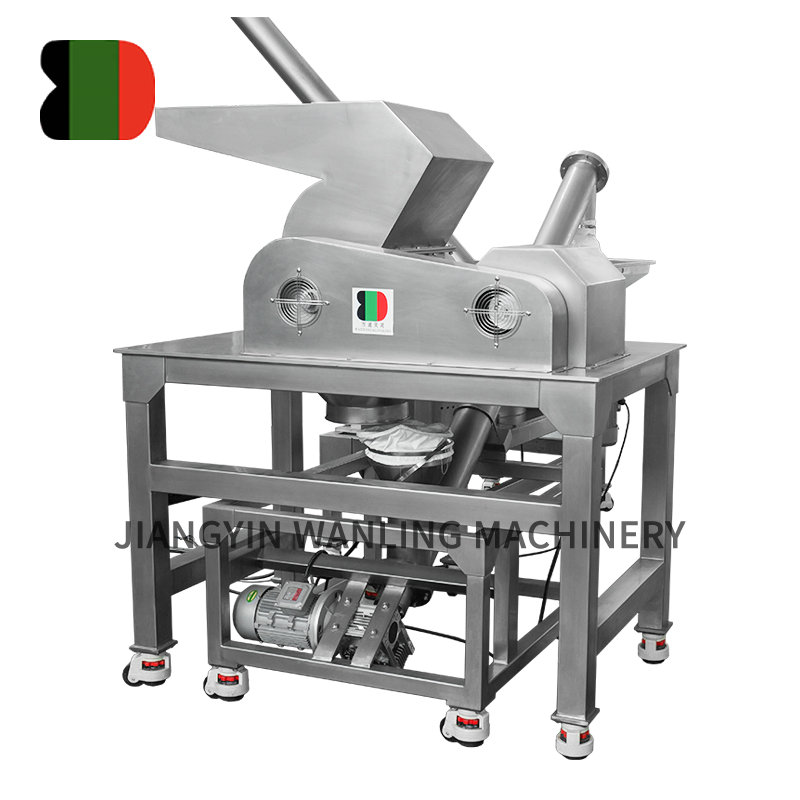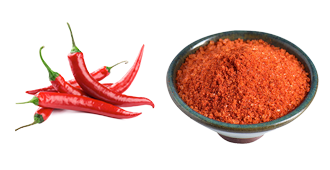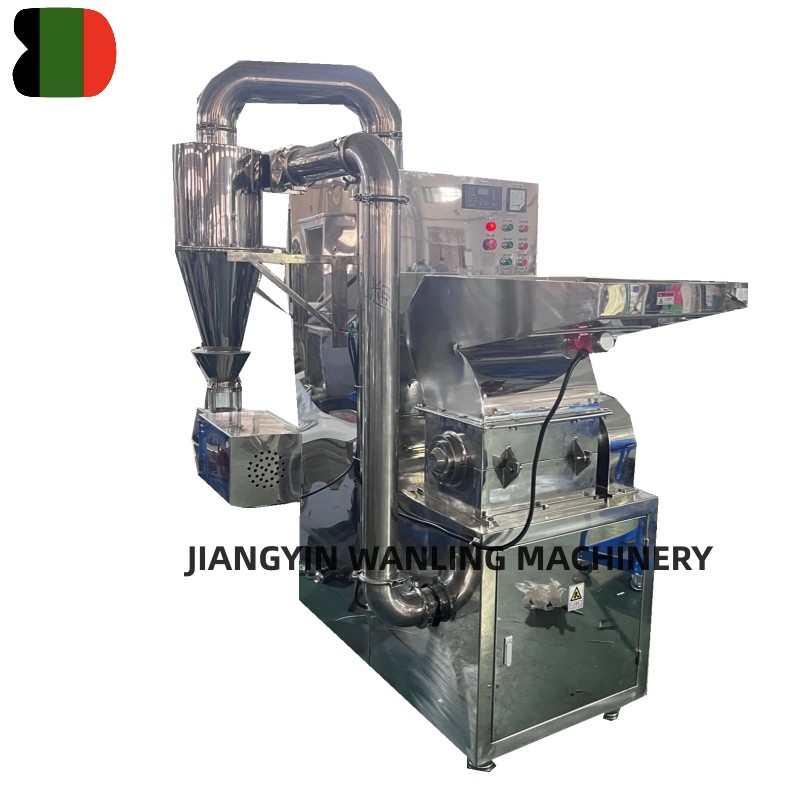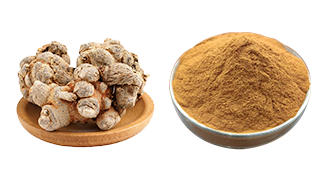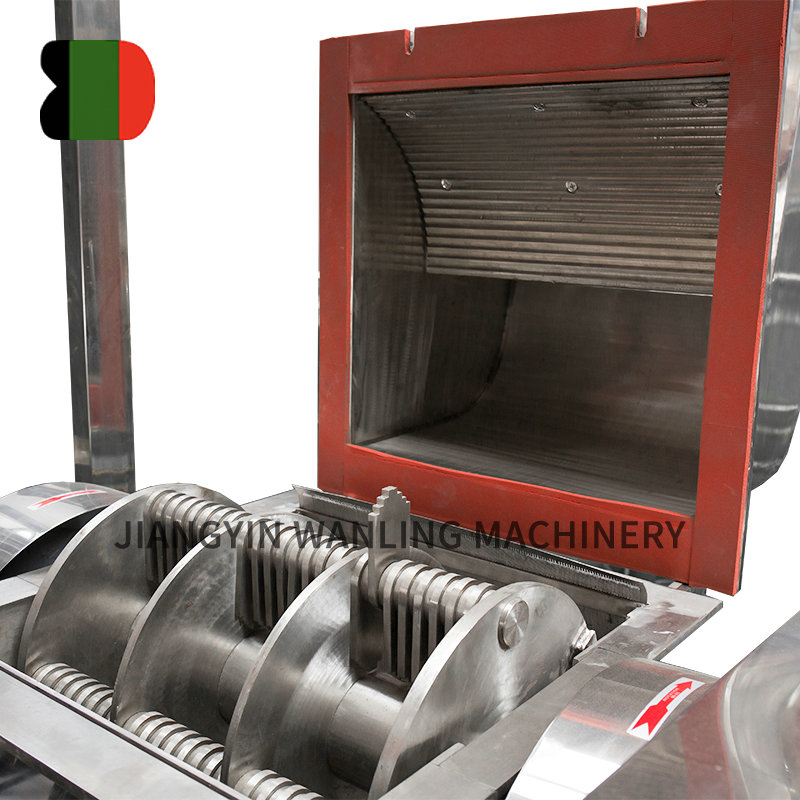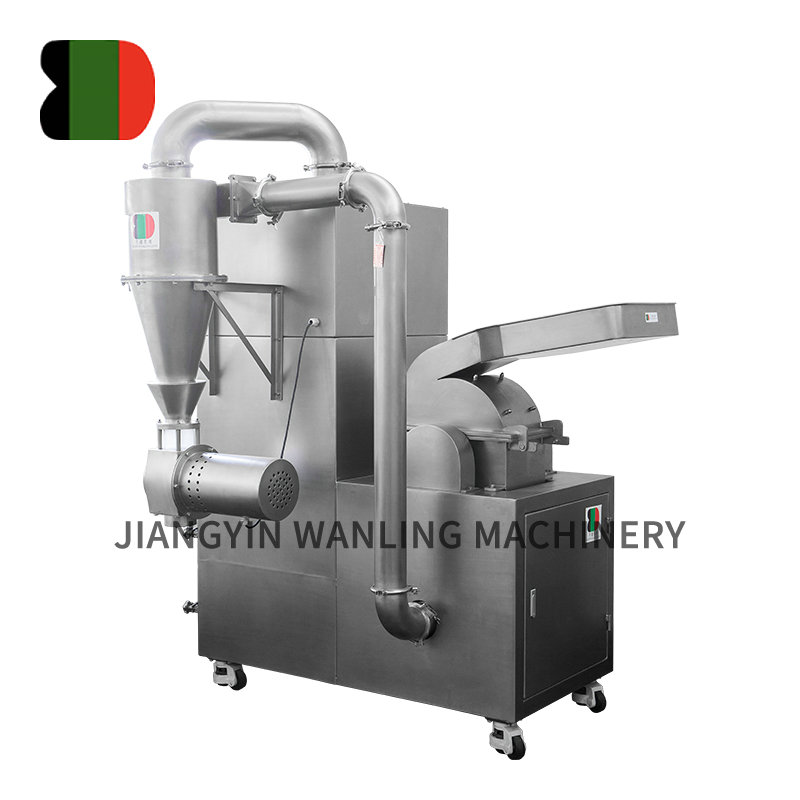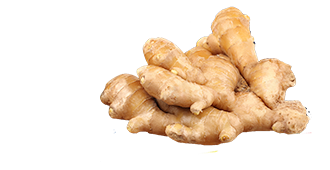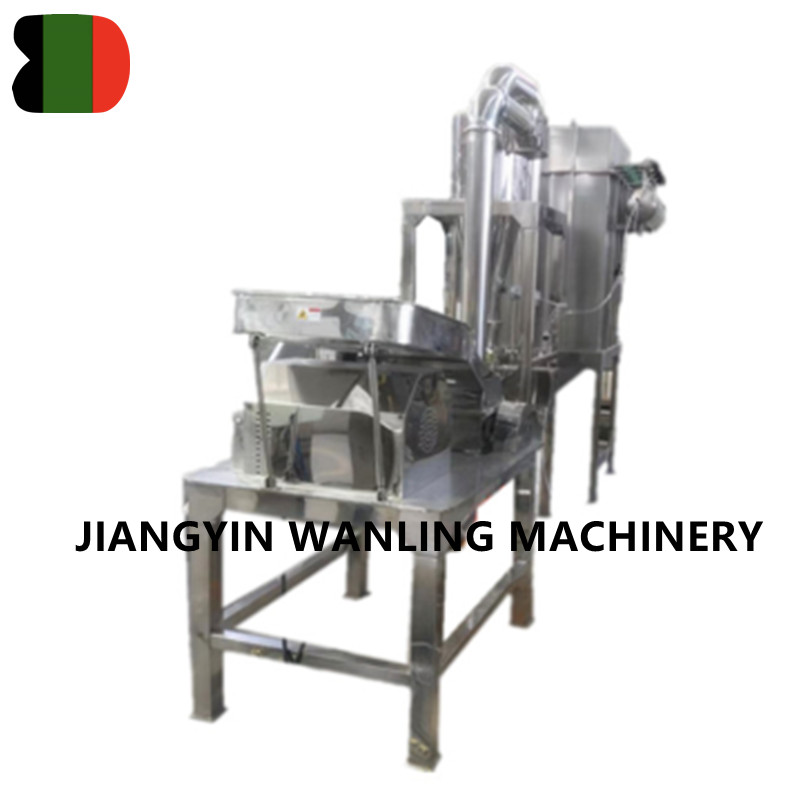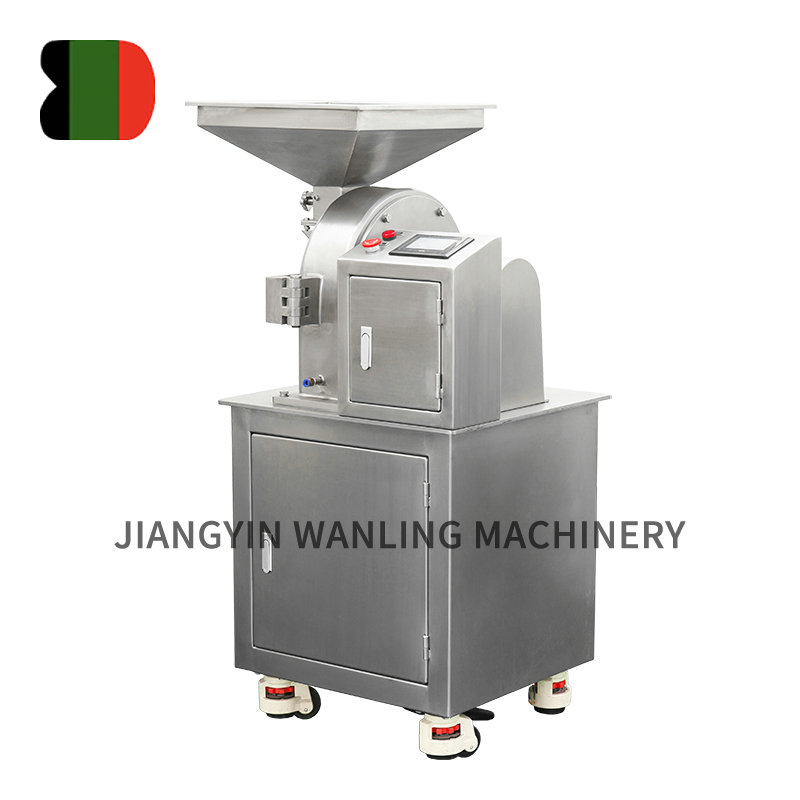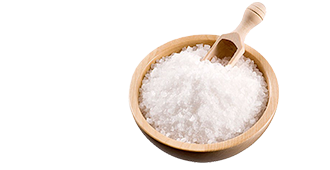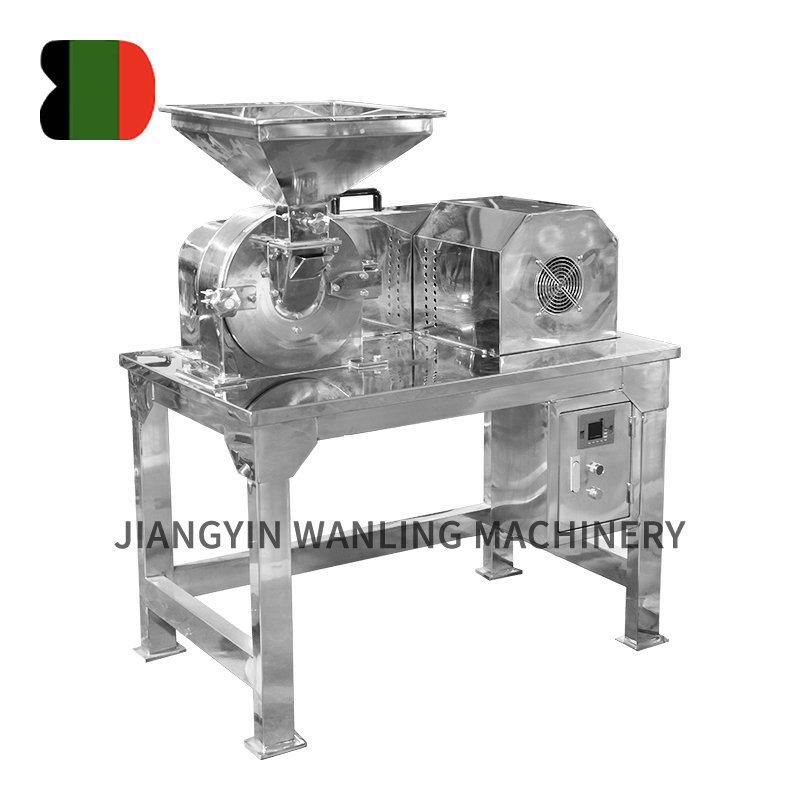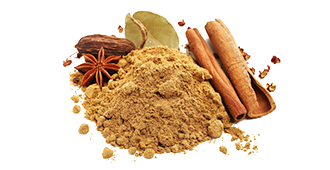The grinding mechanisms in powder grinding machines significantly influence the size and uniformity of the resulting powder. Different types of grinding mechanisms, such as ball mills, jet mills, hammer mills, and roller mills, each have unique characteristics that affect the final powder's properties. Here’s how they impact the size and uniformity:
1. Ball Mills:
Grinding Mechanism: Ball mills use the impact and attrition of grinding media (such as steel or ceramic balls) to break down material. The rotation of the mill causes the balls to move and collide with the material, effectively reducing its size.
Impact on Powder Size and Uniformity:
Size: The size of the powder produced in ball mills depends on the grinding time and the size of the grinding media. The longer the grinding time, the smaller and finer the powder.
Uniformity: Ball mills tend to produce powders with a wide particle size distribution (PSD), which means the powder may contain both fine and coarse particles. Achieving uniformity may require additional processing or specific operating conditions.
2. Jet Mills:
Grinding Mechanism: Jet mills use high-velocity air or steam to create turbulence, causing particles to collide with each other and break down. This type of grinding is commonly used for ultrafine powders.
Impact on Powder Size and Uniformity:
Size: Jet mills are capable of producing extremely fine powders, often in the submicron range. The particle size is primarily controlled by the pressure and velocity of the air, as well as the design of the mill.
Uniformity: Jet mills can produce a narrower particle size distribution compared to ball mills, resulting in a more uniform powder. However, controlling the final particle size is more sensitive to operational parameters such as airflow and material properties.
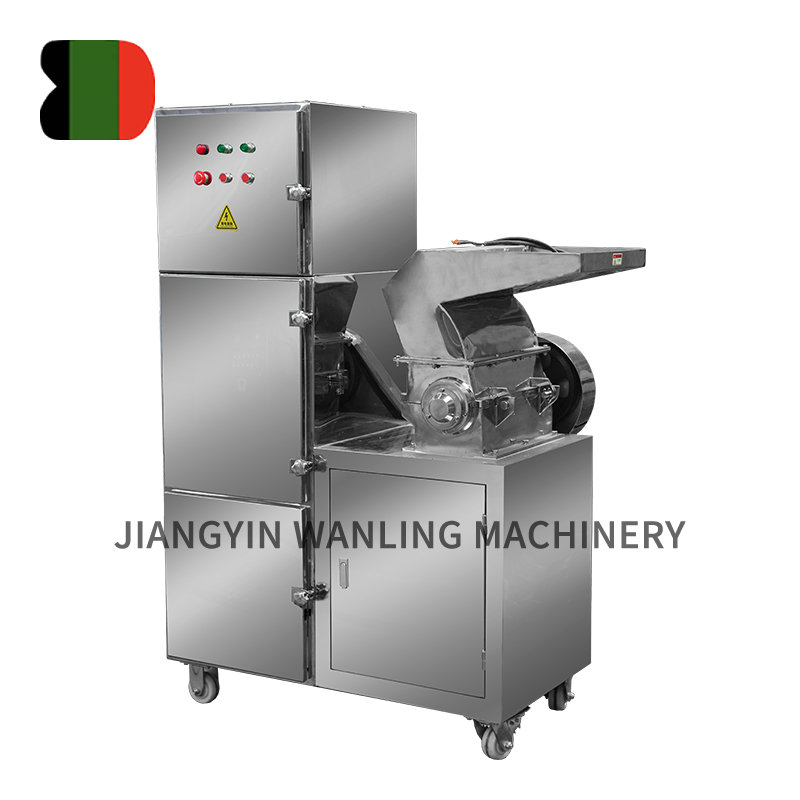
3. Hammer Mills:
Grinding Mechanism: Hammer mills use rotating hammers or blades to impact and crush the material. The material is fed into the mill and is repeatedly hit by the hammers, causing it to break into smaller particles.
Impact on Powder Size and Uniformity:
Size: Hammer mills produce powders with a broader particle size distribution than ball or jet mills, with some coarser particles mixed with finer ones. The particle size is influenced by the hammer speed, screen size, and the hardness of the material.
Uniformity: The uniformity of the powder is generally less consistent than with jet mills, but it can be adjusted to some extent by changing screen sizes and operational parameters.
4. Roller Mills:
Grinding Mechanism: Roller mills use compressive forces to crush and grind material between two or more rotating rollers. The material is subjected to pressure and shear forces, which break it into smaller pieces.
Impact on Powder Size and Uniformity:
Size: Roller mills typically produce medium-sized powders and are less effective for producing ultrafine particles compared to jet mills. The size of the particles depends on the gap between the rollers and the speed of rotation.
Uniformity: Roller mills can produce more uniform powders than hammer mills, but they are still not as precise as jet mills in terms of narrow particle size distribution.
5. Other Considerations:
Feed Material Properties: The hardness, brittleness, and moisture content of the material being processed can affect the performance of each grinding mechanism. Harder materials may require more energy or longer grinding times to achieve the desired powder size, while softer materials may break down more easily.
Grinding Time and Energy Input: In all grinding machines, increasing grinding time or energy input generally leads to finer powders. However, this also increases the risk of overheating or damage to the material.
Additional Process Parameters: Factors like temperature, pressure, and the presence of grinding aids can influence the grinding process and the characteristics of the resulting powder. For example, grinding aids can reduce agglomeration and improve particle size uniformity.



 Español
Español